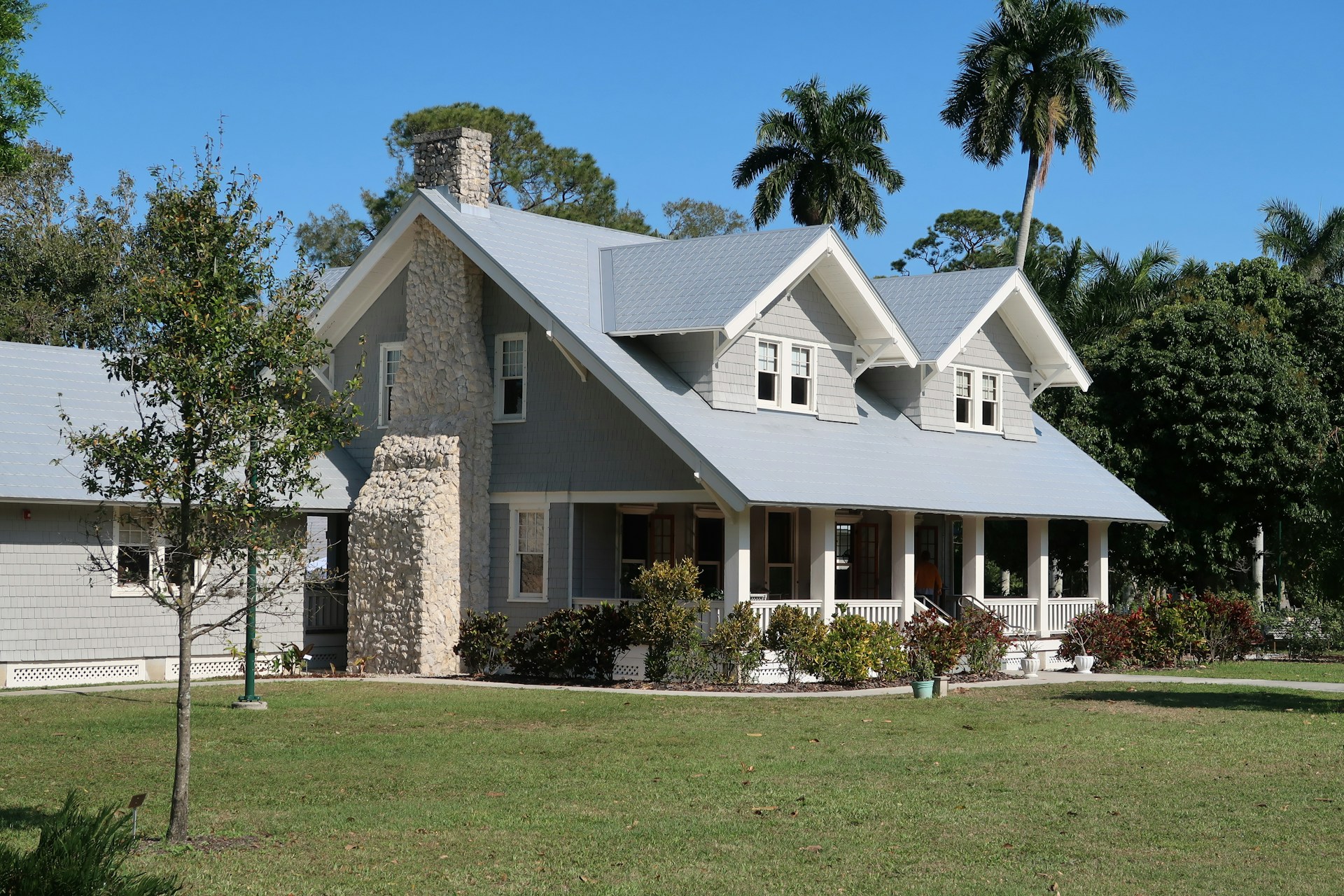Revisiting the Potential of Mixed-Use Real Estate: A Comprehensive Analysis
In the dynamic world of real estate, trends may come and go, but the constant evolution keeps the industry exciting. Let’s delve into the compelling realm of mixed-use real estate, a segment that amalgamates commercial, residential, and sometimes industrial spaces, and understand its potential in modern markets.

A Historical Overview of Mixed-Use Properties
A trip back to the early 20th century reveals that mixed-use properties were a common sight in urban centers. Designed to cater to the convenience of city dwellers, these properties housed businesses on the ground floor, while the upper levels served as residential quarters. The surging popularity of suburbia in the mid-20th century temporarily halted the growth of mixed-use real estate. However, over the past few decades, mixed-use development has resurfaced as an effective solution to urban sprawl, transforming the modern cityscape.
Current Market Trends in Mixed-Use Real Estate
Today, mixed-use real estate is witnessing a revival, driven by the demand for convenience, walkability, and sustainable living. The convergence of live-work-play environments is reshaping urban areas and revitalizing suburban neighborhoods. Mixed-use developments are becoming an integral part of smart city initiatives, emphasizing the efficient use of resources and infrastructure.
The Advantages and Challenges of Investing in Mixed-Use Properties
Investing in mixed-use properties offers a slew of benefits - diversified income streams, higher property values, and resilience during market fluctuations. However, these investments come with their set of challenges. Zoning laws, construction costs, and property management complexities could pose hurdles for investors. Understanding these factors and devising robust investment strategies can help investors navigate this potentially lucrative segment.
The Potential Impact on Buyers, Sellers, and Investors
For buyers, mixed-use properties offer the allure of a holistic lifestyle, where work, home, and leisure blend seamlessly. Sellers, on the other hand, can leverage the growing demand for integrated living spaces to fetch premium prices. Investors stand to gain from the multifaceted revenue streams and the potential for long-term value appreciation.
Decoding the Financial Implications of Mixed-Use Real Estate
Investing in mixed-use properties is not for the faint-hearted. While the initial costs may be high, the potential return on investment can be substantial. However, it is essential to conduct thorough financial analysis, considering variables like rental income, property appreciation, taxes, and maintenance costs.
In conclusion, mixed-use real estate holds significant promise in the evolving property market. While it does come with its fair share of complexities, understanding the market trends, financial implications, and potential impact can help buyers, sellers, and investors make informed decisions. As with any real estate venture, success in mixed-use properties hinges on research, strategy, and timing.




